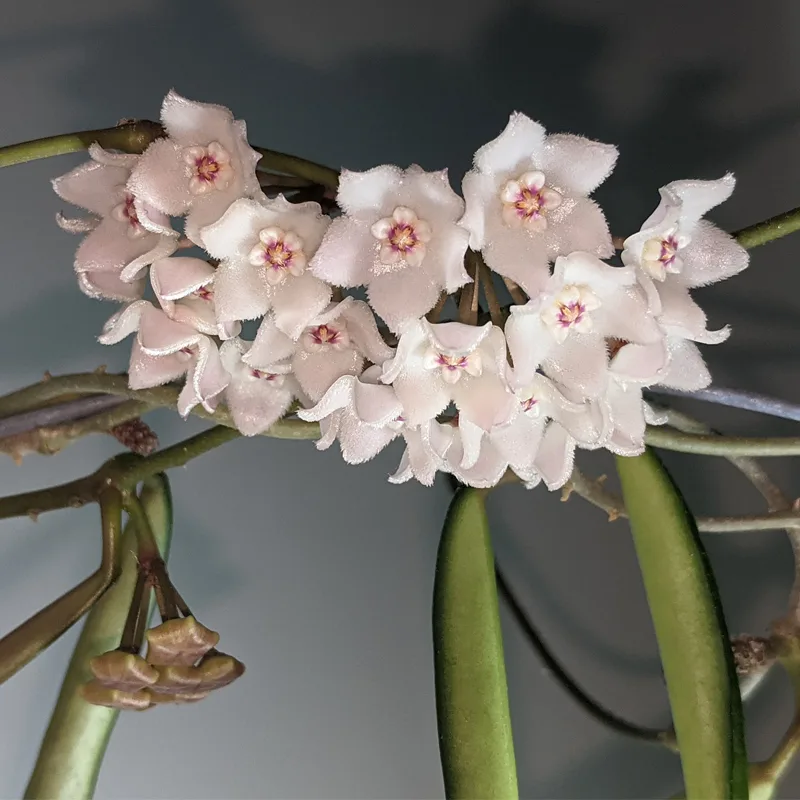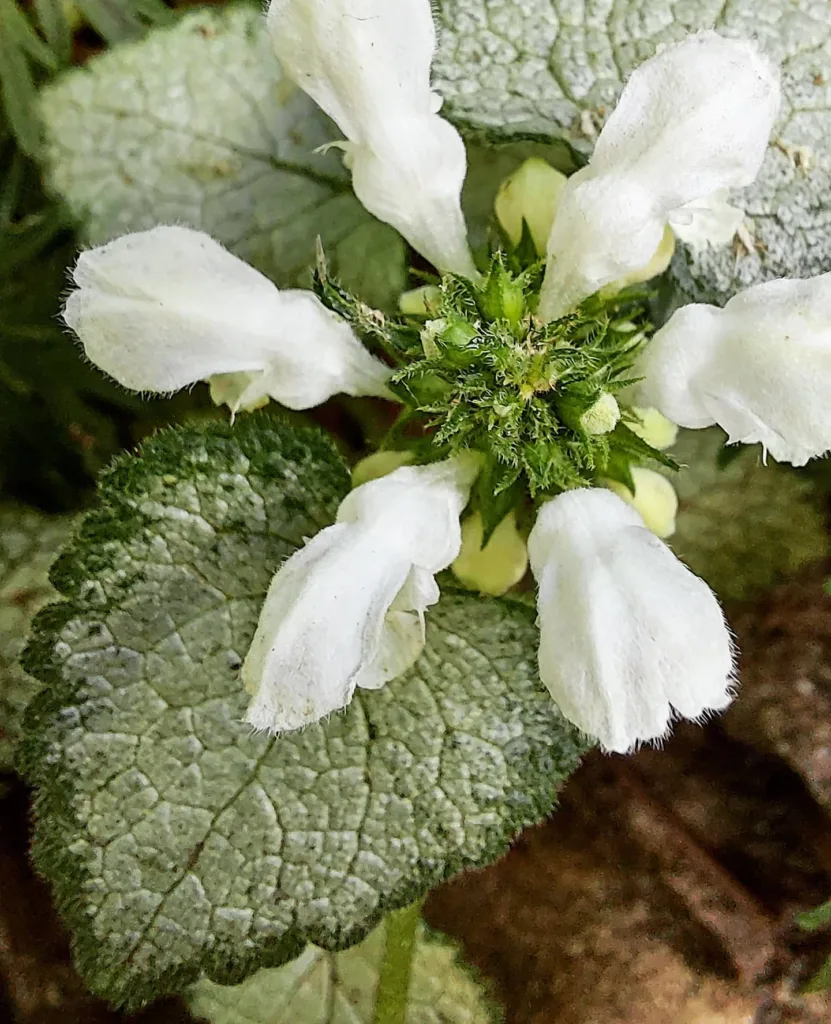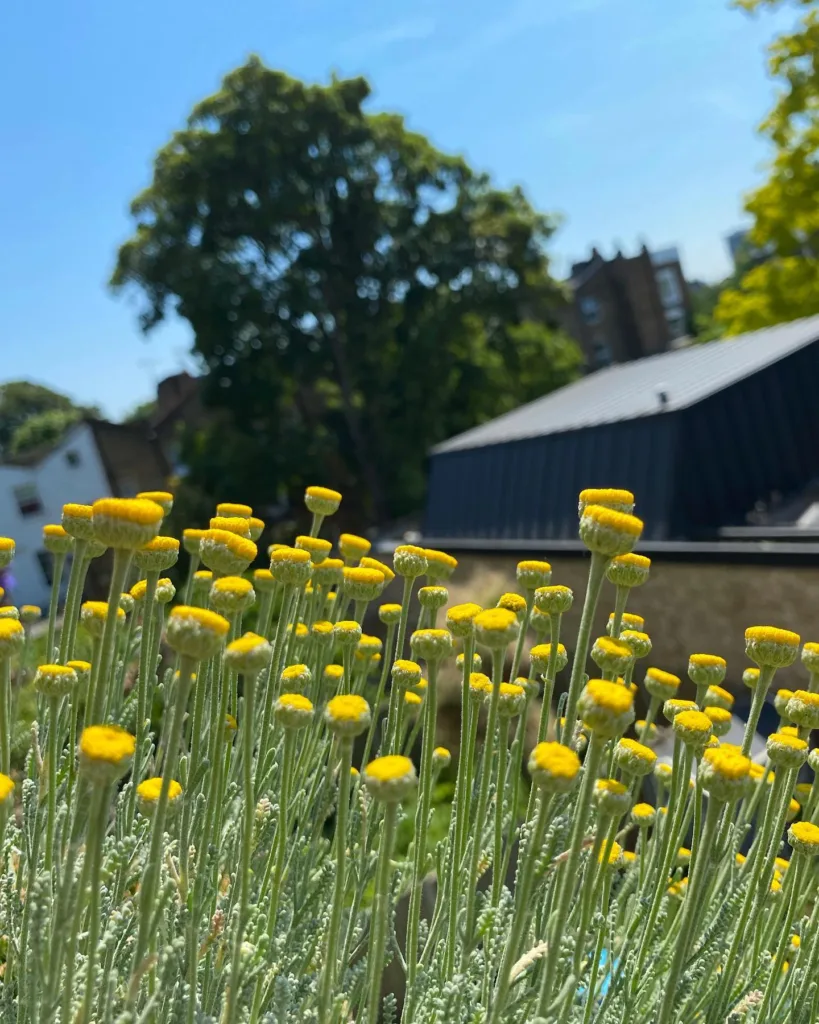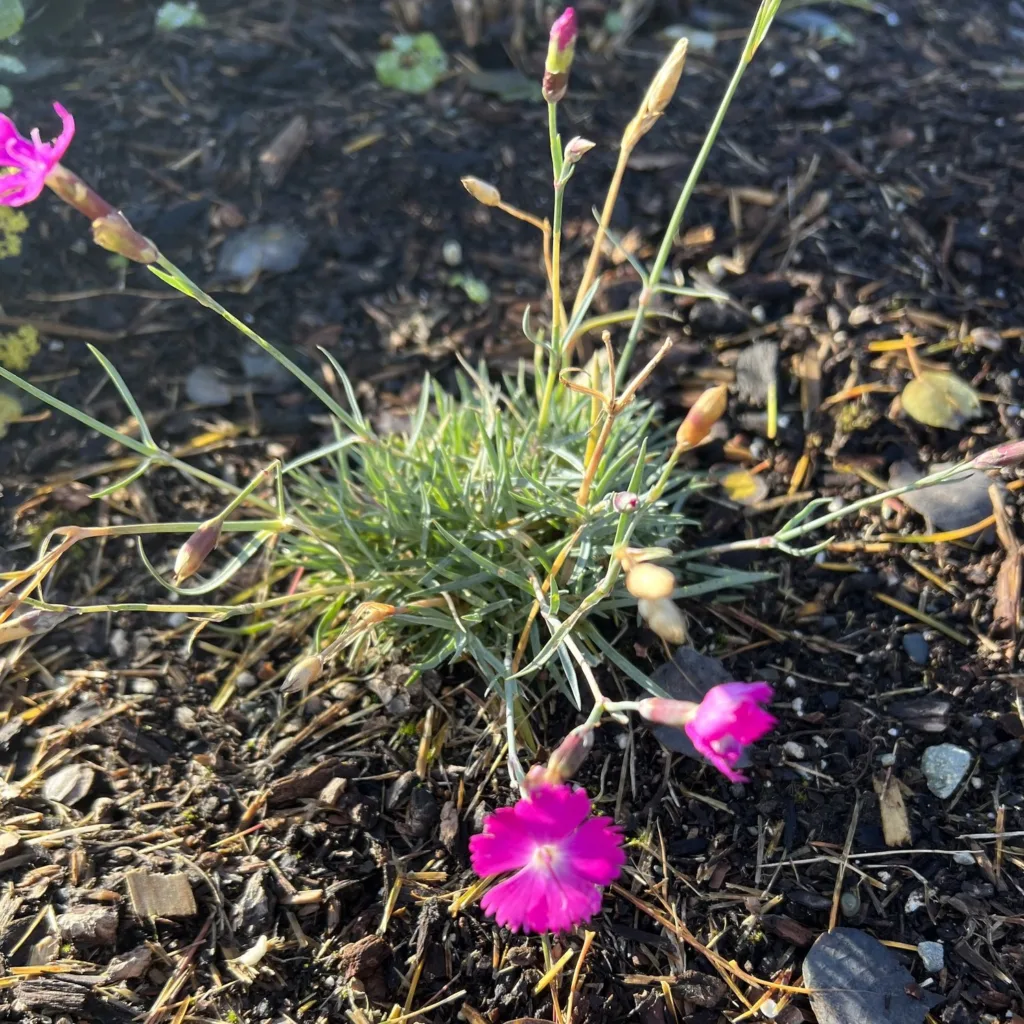My Fascination with the Amydrium Genus
As a plant enthusiast, I’m always drawn to the unique and unusual. That’s why I find myself captivated by the Amydrium genus from Araceae family, a group of fascinating aroids native to Southeast Asia. These climbing hemiepiphytes, with their striking foliage and intriguing growth habits, truly stand out in the world of tropical plants.
A Closer Look at Amydrium
What sets Amydrium apart? It’s all in the leaves. They often exhibit fenestrations, those intriguing holes or splits in the leaf blade that seem to defy logic. While scientists are still exploring the exact reasons behind these fenestrations, they speculate that it could be an adaptation to withstand strong winds or to allow more light to reach lower leaves. Whatever the reason, the effect is undeniably striking.
Amydrium leaves are also notable for their size and shape. They can grow quite large, often exceeding a foot in length, and their shape can vary from heart-shaped to deeply lobed. The texture of the leaves is another point of interest, ranging from smooth and glossy to slightly rough and textured. This diversity within the genus makes each species a unique and captivating specimen.
The Species in Amydrium
While Amydrium may not be as extensive as some other plant genera, it still boasts a fascinating array of species. Here are:
- Amydrium hainanense: Native to the forests of Hainan Island in China, Amydrium hainanense is a climbing plant known for its deeply lobed, green foliage and distinctive fenestrations as it matures. Often found in humid, subtropical forests, this species has a somewhat delicate structure and tends to climb on trees or rocks. Its leaves can develop impressive fenestrations that give it a striking tropical look, making it popular with collectors who enjoy its unique leaf patterns and adaptability to indoor conditions.
- Amydrium humile: Amydrium humile is a smaller, compact species that originates from Thailand and other parts of Southeast Asia. Its heart-shaped leaves are relatively small compared to other Amydrium species and lack the fenestrations commonly seen in its cousins. This plant often grows close to the forest floor and can be distinguished by its bushy growth habit, making it a great choice for terrariums or small indoor plant collections.
- Amydrium medium: Found across various regions of Southeast Asia, Amydrium medium is a vining species with bold, deeply fenestrated leaves that resemble the leaves of certain Monstera species. Its striking, mature foliage can be very large and is often grown for its highly ornamental appeal. This species is more vigorous and versatile, growing both as an epiphyte or in soil. It adapts well to indoor environments, provided it has adequate humidity and climbing support. – Plant FAQs: Monstera Amydrium Medium & Plant FAQs: Monstera Amydrium Silver (Spider Man Silver) – Amydrium Medium ‘Silver’
- Amydrium sinense: Native to parts of Southern China, Amydrium sinense is a lesser-known species in cultivation but is valued for its distinctive, lush foliage. The leaves of this plant are elongated, sometimes with slight lobes or fenestrations that develop as it matures. It thrives in subtropical conditions and is often found growing in limestone-rich soils, adding an interesting layer to its cultivation requirements.
- Amydrium zippelianum: Hailing from the forests of New Guinea, Amydrium zippelianum stands out with its thick, leathery leaves that develop prominent, unique fenestrations as the plant matures. This species is particularly hardy in humid environments and is often sought after by collectors for its unusual leaf structure. It thrives as a climber and does well when given a moss pole or trellis, adapting nicely to indoor settings if humidity is kept high.
The Joys of Cultivating Amydrium
I’ve found that cultivating Amydrium can be a rewarding experience, though it does come with its own set of challenges. These plants thrive in warm, humid environments with plenty of indirect light. They prefer well-draining soil and benefit from regular fertilization. As climbers, they require support structures to reach their full potential.
One of the most satisfying aspects of growing Amydrium is witnessing the development of their unique leaves. Watching a new leaf unfurl, revealing its fenestrations and intricate patterns, is a truly captivating experience.
The Future of Amydrium
As more people discover the beauty and intrigue of Amydrium, I believe this genus has a bright future in the world of horticulture. With its unique foliage and adaptability to indoor environments, Amydrium has the potential to become a popular choice for plant enthusiasts of all levels. I’m excited to see how this genus continues to evolve and captivate plant lovers around the world.
I hope this article has shed some light on the fascinating world of Amydrium. If you’re looking to add a touch of the exotic to your plant collection, I highly recommend exploring this unique and captivating genus.
If i die, water my plants!



